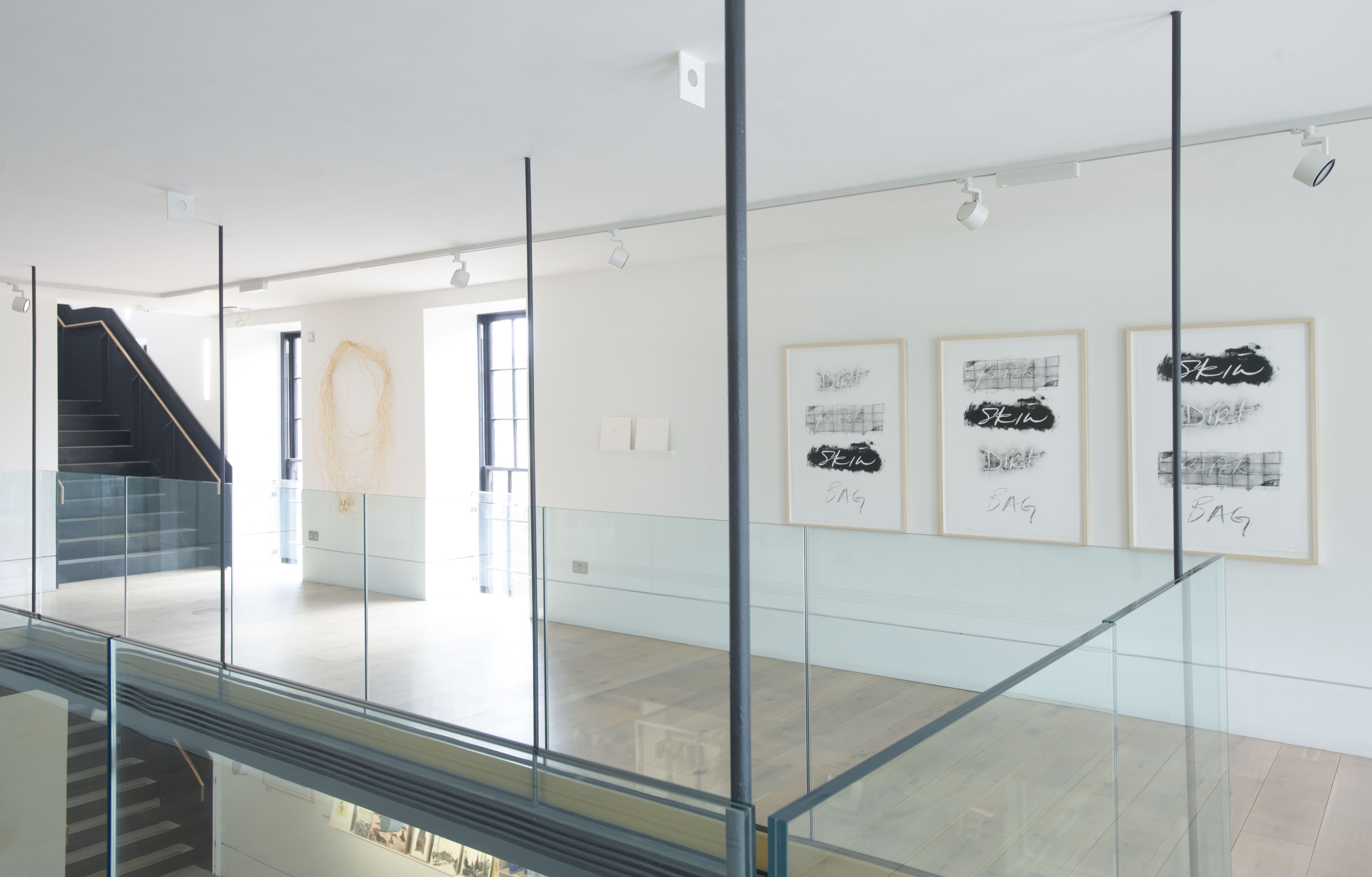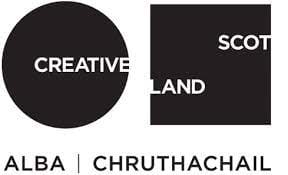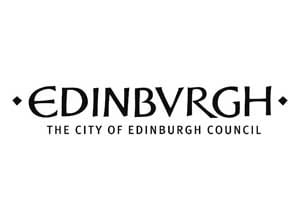-
 Nadia MyreWere You To Pick A Star To Marry?, 2022Photo lithography with pearlescent pigmentPaper Size: W57cm x H58cmEdition of 30This edition was not part of the exhibition
Nadia MyreWere You To Pick A Star To Marry?, 2022Photo lithography with pearlescent pigmentPaper Size: W57cm x H58cmEdition of 30This edition was not part of the exhibition -
 Nadia Myre, Things Left Unsaid, rawhide, roa dimensions varied, 2022
Nadia Myre, Things Left Unsaid, rawhide, roa dimensions varied, 2022 -
 Nadia Myre, Working My Heart Out, rawhide, 2022
Nadia Myre, Working My Heart Out, rawhide, 2022 -
 Nadia Myre, Paper's Always Crooked, Lithograph series, 2022
Nadia Myre, Paper's Always Crooked, Lithograph series, 2022Nadia Myre, Paper's Always Crooked, Lithograph series, 2022
-
Often pairing production methods usually understood as “craft” with contemporary art praxis, Myre’s practice incorporates the processes of moulding, imprinting, documenting, and weaving. The print methods underpinning the production of her new works feature substances which react, resist and to bind to one another. In testing their material properties, she points to ongoing dialogues around agency, assimilation, and co-existence.
-

-
 The exhibition continues with an installation at the Union Canal, adjacent to the Leamington Lift Bridge at the top of Gilmore Park.
The exhibition continues with an installation at the Union Canal, adjacent to the Leamington Lift Bridge at the top of Gilmore Park. -
Interview with Nadia Myre. Video credits: Rachel McBrinn











